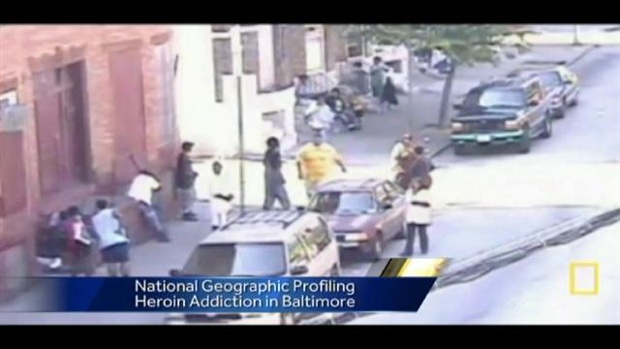
National Geographic looks at heroin trade in Baltimore
By Tom Warner (Baltimore Or Less, August 29, 2014)
This week, National Geographic Channel‘s Drugs, Inc. television series aired its Baltimore episode, “The High Wire.” The show characterized Baltimore as the heroin capital of America, with its ever-growing drug problems expanding from the familiar corners of the inner city – with Lexington Market and Pennsylvania Avenue getting specials shout-outs as “the heart of Baltimore’s drug trade” – into the formerly safe confines of the suburbs.
“Baltimore, a once prosperous city, lost many of its jobs along with its steel mills. In return, the city developed one of the biggest heroin problems in the country. For many of those that remain amid the poverty and abandoned homes, the Heroin Hustle is the way of life. One strip of Pennsylvania Avenue alone is estimated to take in $10 million a year from heroin sales. With the business booming, the heroin market is expanding outward to the suburbs, and the authorities are struggling to cope.”
(“The High Wire” episode description)
Needless to say, the episode sparked a lot of commentary on social media and in the local press.
“The one-hour report is sure to re-open old wounds at City Hall, if nowhere else, about Baltimore’s national and international media image as a drug-infested wasteland of vacant rowhouses, lost lives and dead bodies,” David Zurawik wrote in his Baltimore Sun review (“National Geographic depicts Baltimore as ‘heroin capital of America“). “The hour is filled with unnamed men in masks sitting behind bags full of dope and tables filled with guns, pills and money saying things like, ‘Life is definitely cheap in Baltimore … somebody kill you for free.'”
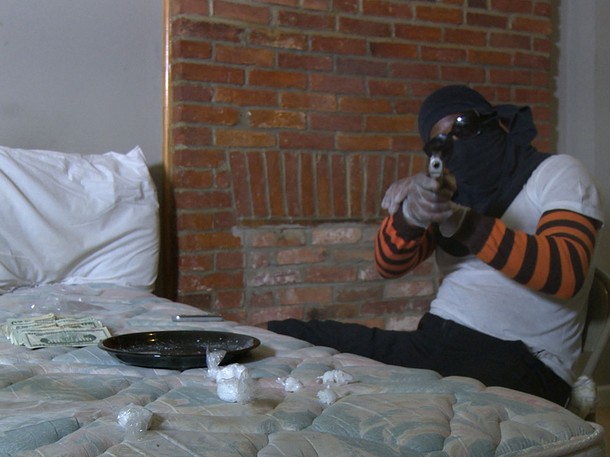
“Life is definitely cheap in Baltimore … somebody kill you for free.”
Comparing National Geographic’s report with previous unflattering depictions of the city’s drug problems on The Wire and the Al Jazeera English Channel’s 2012 Fault Lines documentary “Baltimore: Anatomy of an American City,” Zurawik questioned whether “out-of-town documentary filmmakers – often working out of Washington bureaus – come to Baltimore looking for the powerful images and compelling characters they saw in The Wire and seek to reproduce them through their photography and reporting…If so, the images of Baltimore as a Mid-Atlantic version of Detroit are compounding, and Mayor Stephanie Rawlings-Blake, who recently re-launched her public access TV channel as a repository of positive civic images, is fighting a truly hopeless battle.”
But not all of the publicity was bad; down at the Enoch Pratt Central Library, I can personally attest that copies of HBO’s critically acclaimed TV series The Wire were flying off the shelf! (Our addiction DVDs have high circulation numbers, as well.) Unfortunately, the library got some negative brand recognition as well, as a scene showed drug dealers cutting their product with a Pratt library card.
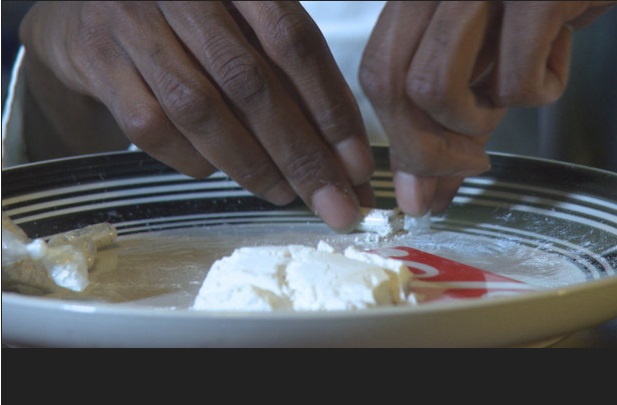
Having fun isn’t hard when you’ve got a library card!
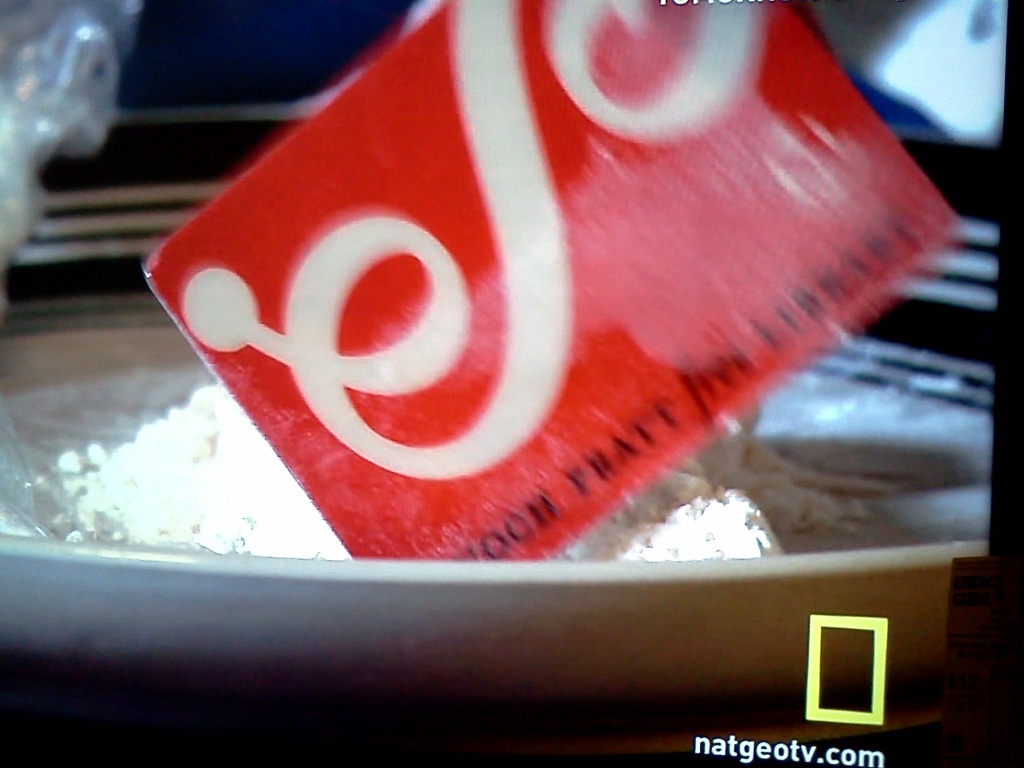
Enoch Smack Free Library: Your hustling journey starts here
Baltimore, the “cutting edge” city that reads! Perhaps heroin hustlers, like PBS Kids star Arthur the aardvark, realize that “Having Fun Isn’t Hard When You’ve Got a Library Card.”
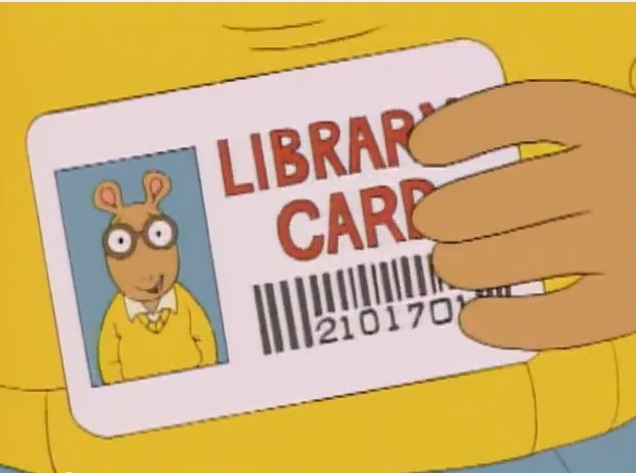
Arthur knows the library is a gateway card!
In case you missed it, National Geographic will re-run “The High Wire” next Wednesday, September 3, at 8 p.m.
Related Links:
Video clip from “Drugs, Inc.: The High Wire” (Z On TV, Baltimore Sun blog)
“Here’s how National Geographic sees Baltimore [Pictures]” (Z On TV, Baltimore Sun blog)
“Drugs, Inc.: Eyes Are Always Watching” (National Geographic)
“‘Heroin capital’ claim based on old, bad number” (Dan Rodericks, Baltimore Sun)
“National Geographic depicts Baltimore as ‘heroin capital of America’” (David Zurawik, Baltimore Sun)
That Guy’s On Heroin (Daily photo updates of city residents)
